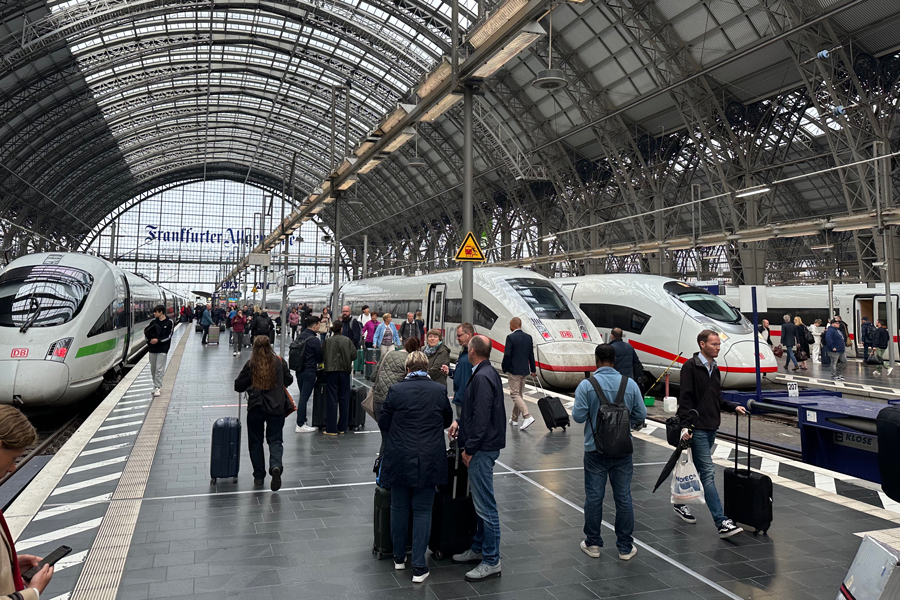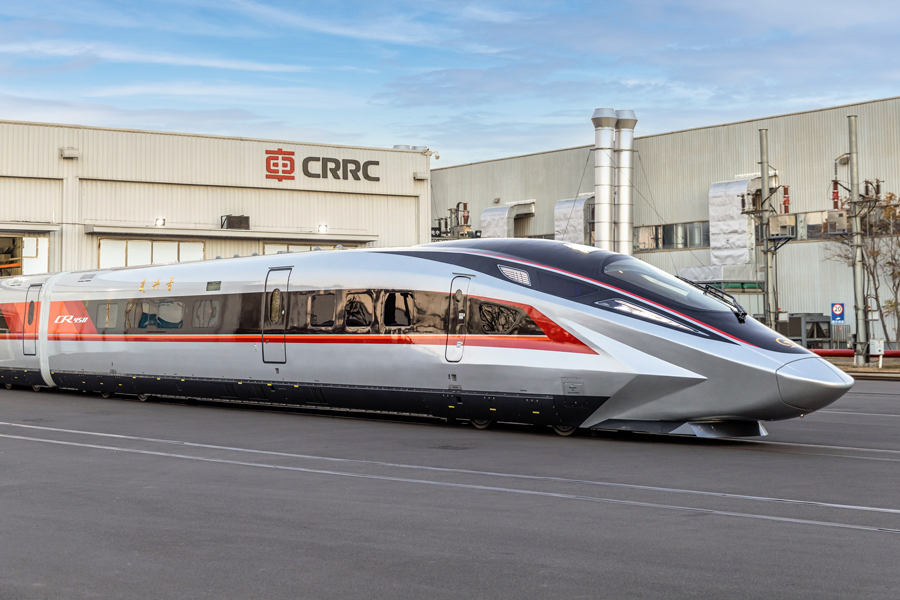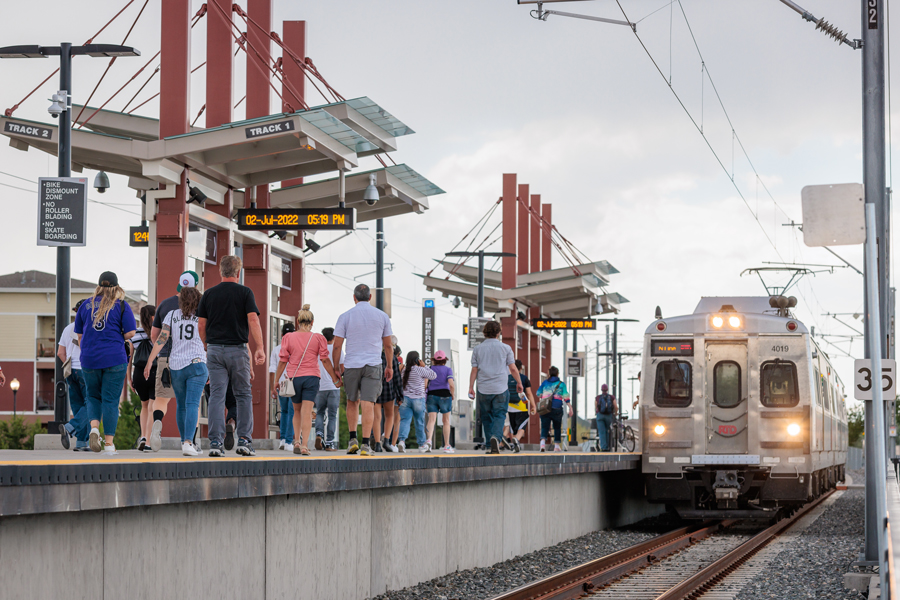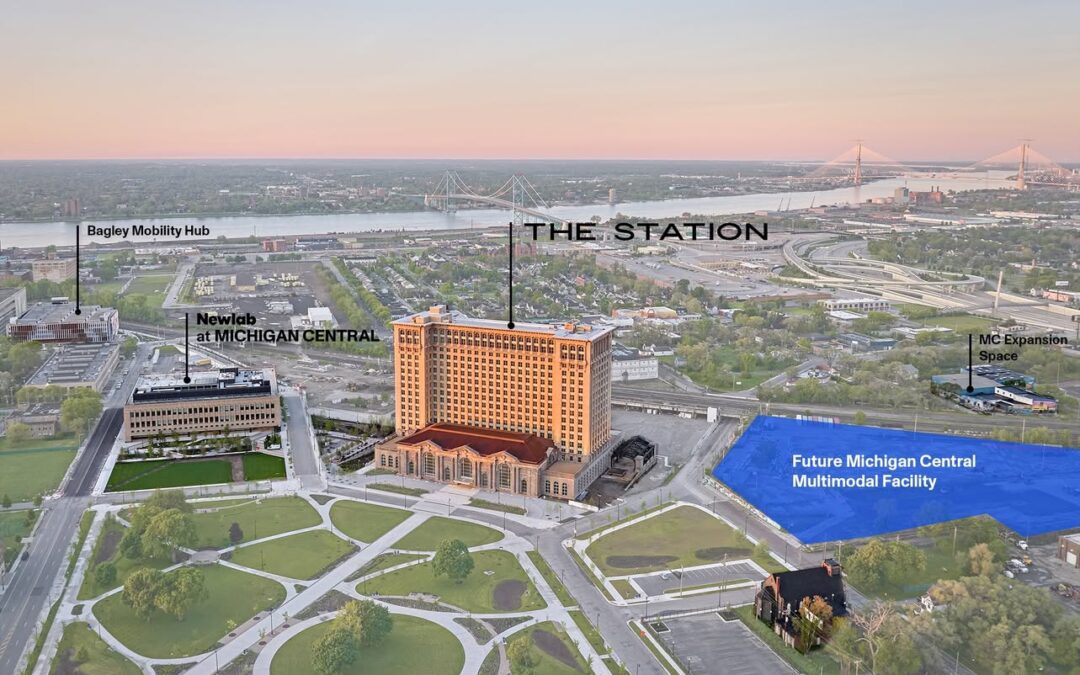At least one-third of Americans do not have access to a car that they could take on a road trip, according to a new study by the Natural Resources Defense Council – and as we’ll discuss, the percentage is probably greater than that. Yet for decades, civil engineers...
Guest Post by: Kaleb Neal
Two of the most successful passenger rail routes in North America are Amtrak’s Acela and Northeast Regional lines. These services provide reliable rail transportation between New York, Boston, Washington, D.C., and many other cities on the Northeast Corridor, the most densely populated region of the United States. The Acela service is frequently used by business people and high-paying leisure travelers who pay top dollar for a premium trip. More cost-conscious travelers can elect to ride the Northeast Regional, a train slightly slower than Acela, but with less expensive tickets. These lines are very popular among travelers in the Northeast.
People often choose to use these trains over flying because they bypass the difficulties associated with air travel. Even though the trip takes longer, the journey is more pleasant. In an analytic effort to better quantify the value judgment made by travelers when they choose a slower but more comfortable mode of travel, we can employ the idea of “dead time”.
Dead time in transportation is time that is not available for the execution of normal tasks. Time that is spent standing in a queue, or waiting for something to happen is dead time. This concept has been written about before and can be used to construct a framework to evaluate different transportation options for journeys of various lengths. We will call this framework: dead time analysis. The core principle of dead time analysis is that the time a journey takes on paper should not solely determine the efficiency of that transportation mode to travelers. Just because one option is faster than another does not mean it should be absolutely preferred over slower modes. Factors like availability of personal space and the ability of a traveler to utilize their time as they please while in transit need to be considered. If a trip takes 1 hour, but one-half of that hour is spent standing in a queue, should that option really be preferred over one that takes 2 hours, but only involves 10 minutes of dead time?
In my recent travels to Korea, I gained more insight into the concept of dead time and was able to work with the idea of dead time analysis. While there, I explored their rail system, which includes an extensive network of high-speed trains and a web of slower trains that share the high-speed tracks. I had the opportunity to spend a weekend in Busan, and to get there, I rode the KTX high-speed train from Seoul Station. We can use this trip to develop the idea of dead time analysis. Looking at total travel times between Seoul Station (where my hotel was), and Haeundae Beach in Busan (where I stayed when I was there), we can examine how much of that time is “dead” time and perform a comparative analysis of air versus rail travel from Seoul to Busan.

In an example journey, this is a common timeline someone might experience traveling by air:
From a hotel near Seoul Station, you would want to take the AREX airport all-stop train to Seoul Gimpo Airport (GMP). Airlines recommend travelers arrive at the airport 2 hours ahead of their flight’s expected departure time, so we will take the train that will get us to Gimpo two hours in advance. The train takes 22 minutes to get to the airport. Once at the airport, we’ll process through security and wait at our gate. Once our flight departs, we will be traveling for roughly 1 hour and 5 minutes before arriving at Gimhae airport in Busan. We estimate the process of getting off of the airplane and walking to the taxi stand will take 30 minutes. From the airport, we’ll take a taxi to the hotel at Haeundae Beach, which will take 34 minutes with light traffic. In total, the airplane journey will take us 271 minutes, or 4 hours and 31 minutes.
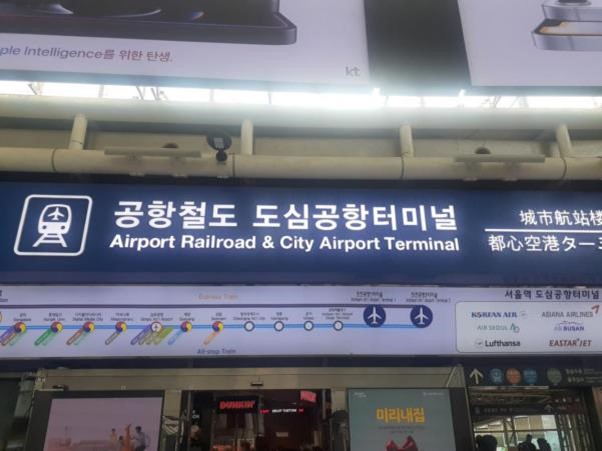
Now, let’s look at the trip on high-speed-rail:
Korail recommends passengers arrive at the station 15 minutes in advance of their train’s departure. Train ride durations vary depending on the type of train, but for this analysis we will be taking a slightly slower train so we can see the value of dead time analysis. The train journey will take 4 hours and 53 minutes on the ITX-Saemaeul, an inter-city train operated by Korail; the fastest train on this route is the KTX, which only takes 2 hours and 30 minutes to get to Busan. As mentioned above, we are performing our analysis with a slower train to show the value of investing in good passenger rail infrastructure, even if the investment does not yield 220 MPH high speed trains. Once the ITX arrives at Busan Station, we will get off of the train and walk to the taxi stand, which we will estimate to take 10 minutes, and subsequently take a taxi to Haeundae Beach, which will take us 26 minutes in light traffic. In total, this train journey will take us 344 minutes or 5 hours and 44 minutes.
Only looking at travel times, the airplane beats the train by 1 hour and 13 minutes. By factoring in the utility of the traveler’s time, however, we can make a comparative time-driven, utility-based value judgment on each mode of travel using dead time analysis.
To find the amount of dead time in each journey, we estimate the amount of time that is spent preoccupied with transportation including time spent walking, waiting in line, or being in an alert and ready state. Useful time is time you are unconstrained by the action of traveling and can perform normal tasks like eating, getting up from your seat, using the restroom, or writing an article for the High-Speed Rail Alliance.
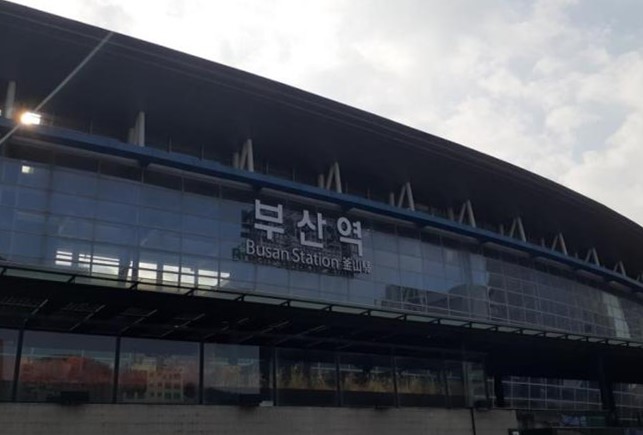
We now begin tabulating the dead time incurred on each trip, starting with the airplane trip:
We will assume that the time spent on the airport train from Seoul Station is useful time. Upon arrival at the airport though, we assume that 30 minutes is spent checking bags, going through security, and walking to the gate. Boarding the airplane usually takes around 30 minutes as well, where you have to be mindful of your boarding group and get in the appropriate place in line. Once on the airplane, you will not be able to have your tray table down or use large electronic devices for the first ~10 minutes of the flight and the last ~10 minutes of the flight, adding 20 minutes to our dead time counter (20 minutes is conservative, a long taxi on the ground can increase that figure to 40 minutes). The 30 minutes spent getting off of the airplane and walking to the taxi stand is also dead time. We will assume that the taxi ride to the hotel on the final leg could be considered useful time where you are not preoccupied, so we won’t count any part of those 34 minutes as dead time. This gives us a final dead time tally for transiting from Seoul to Busan (doorstep to doorstep) on an airplane as 110 minutes.
While the overall journey time is longer, rail has significantly less dead time. The average traveler may reasonably spend 10 minutes of time walking through Seoul Station to their train, boarding, and getting situated in their seat, we will add those 10 minutes to the rail dead time counter and also add the 10 minutes spent in Busan getting off of the train and walking to the taxi stand. For the entire train journey, that’s all the dead time there is. We’ll appraise the time spent in the taxi as non-dead-time as we did the same with the air journey. This leaves us with 20 minutes of dead time for the rail trip.
Looking at basic time utility and “dead time” on each mode of transit, we can compare the benefits of choosing rail over air. The air trip takes 271 minutes, and the rail trip takes 344 minutes, making rail a 26% longer journey than air. Because air is faster than rail and we want to perform a comparative analysis, we need to count the lag time between the airplane arrival and the train arrival as productive time for the air traveler. To do this, we will add 73 minutes to the useful time for the air trip. Using the 73-minute adjustment and our dead time calculations from above, we see that 234 minutes of the air trip and 324 minutes of the rail trip are useful time – according to our definition. By switching from air to rail travel from Seoul to Busan, we see a 26% increase in trip time, but a 38% increase in useful time. Having these numbers on paper, I leave readers to make their own judgments on which mode they would prefer.
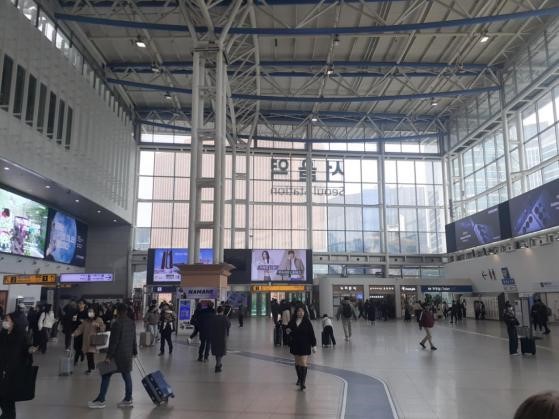
What should travelers take away from this? The value proposition of using trains or even buses instead of airplanes on short trips is the ability to use your time as you please while in transit. Air travelers spend a lot of time waiting in lines for check-in, security, boarding, and deplaning. Air passengers have to stay seated and cannot use the restroom when the seat-belt sign is on. They cannot use laptops, recline their seats, or use their tray tables during taxi, takeoff, and landing. Rail and bus passengers do not have to deal with the countless queues in which air passengers anxiously wait, and are not restricted in their ability to use the restroom or recline their seat. Additionally, trains and buses can offer wider seats, more leg room, and more spacious lavatories than airplanes, specifically short-haul regional jets. This is not to say that a longer trip on the ground is always better than a short trip in the air. There is an inflection point where the amount of time on the ground far exceeds travel time expectations, and the benefits of useful time are outweighed by shorter travel times. However, on short air trips, travelers may find that the increase in trip time associated with switching to a bus or a train is outweighed by the increase in utility of the traveler’s time during transit as well as increased comfort and ease during the trip.
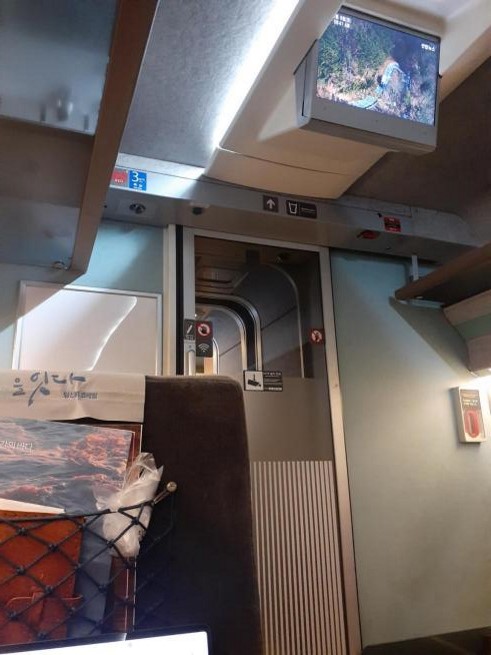
Travelers already perform dead time analysis every day. The success of rail service in the northeastern United States and the success of rail service between Seoul and Busan demonstrate that travelers already make these value judgments and determine that rail is worth their time. My objective is not to convince travelers that the Acela is a better travel option than an airplane between Washington, D.C., and New York City. By formalizing the framework of dead time analysis, I want to provide travelers with the tools and vocabulary necessary to make time-utility value judgments on previously unconsidered routes where marginally slower, ground-based transportation may increase the utility of their time and offer a higher degree of comfort.
Travelers are not the only group that can benefit from dead time analysis. Transportation investors, both public and private, can use the idea of “dead” and “useful” time to evaluate investment in transportation on routes that may already have air service. The many trains from Seoul to Busan and the trains on the Northeast Corridor show us that a share of travelers will sacrifice time if it means the time sacrificed is of higher utility. Capturing travelers willing to make that value trade-off is of acute interest to investors. The quantification of the value trade-offs made by passengers on already successful routes can be used to identify new opportunities to invest in rail or bus services with dead time analysis results similar to already successful routes.
Dead time analysis provides a framework for evaluating the time-utility value trade-off made by travelers and ultimately captures something that both travelers and investors intrinsically know. Applying this framework on understudied routes could provide insight into where rail (or bus) investment may yield high ridership, and where travelers may find elevated comfort and better use of their time.

Help Strengthen Your Community
Tell the United States Congress: It’s time to reconnect the country with high-speed and regional rail!
The Latest from HSRA
Our Latest Blog Posts
Check out the latest news, updates, and high speed rail insights from our blog!
